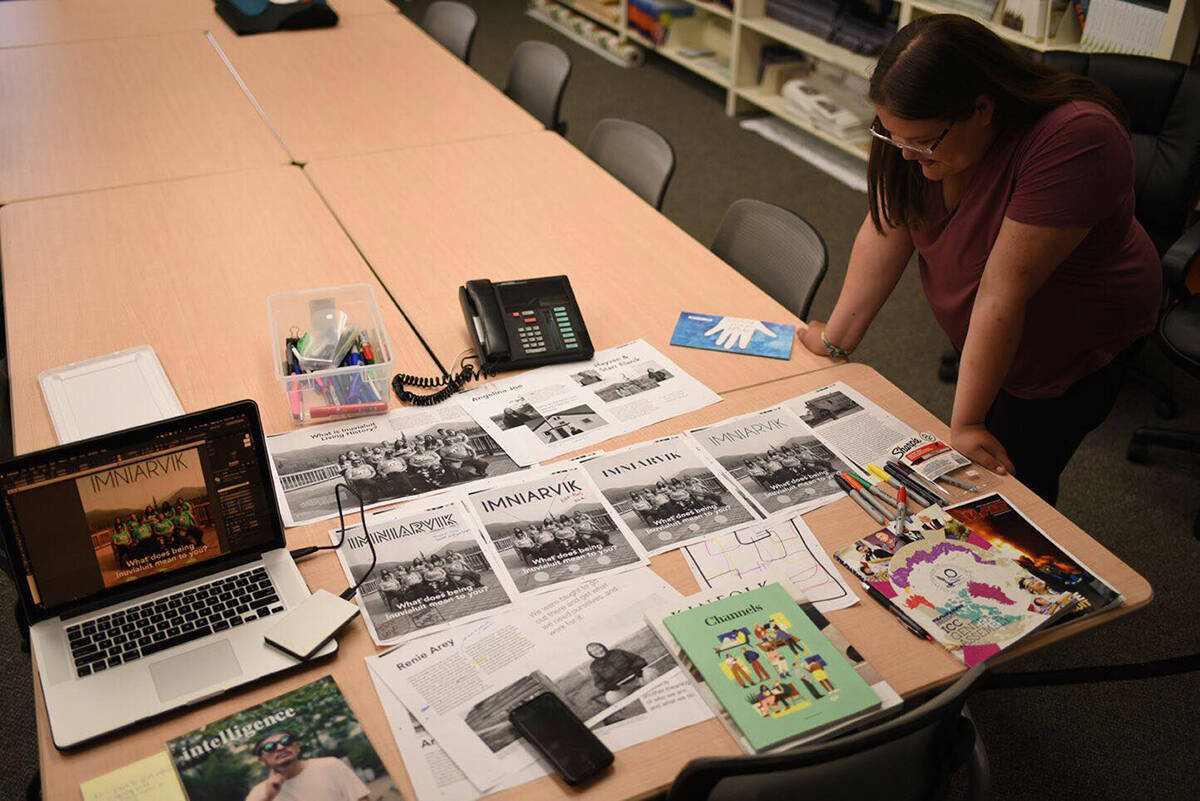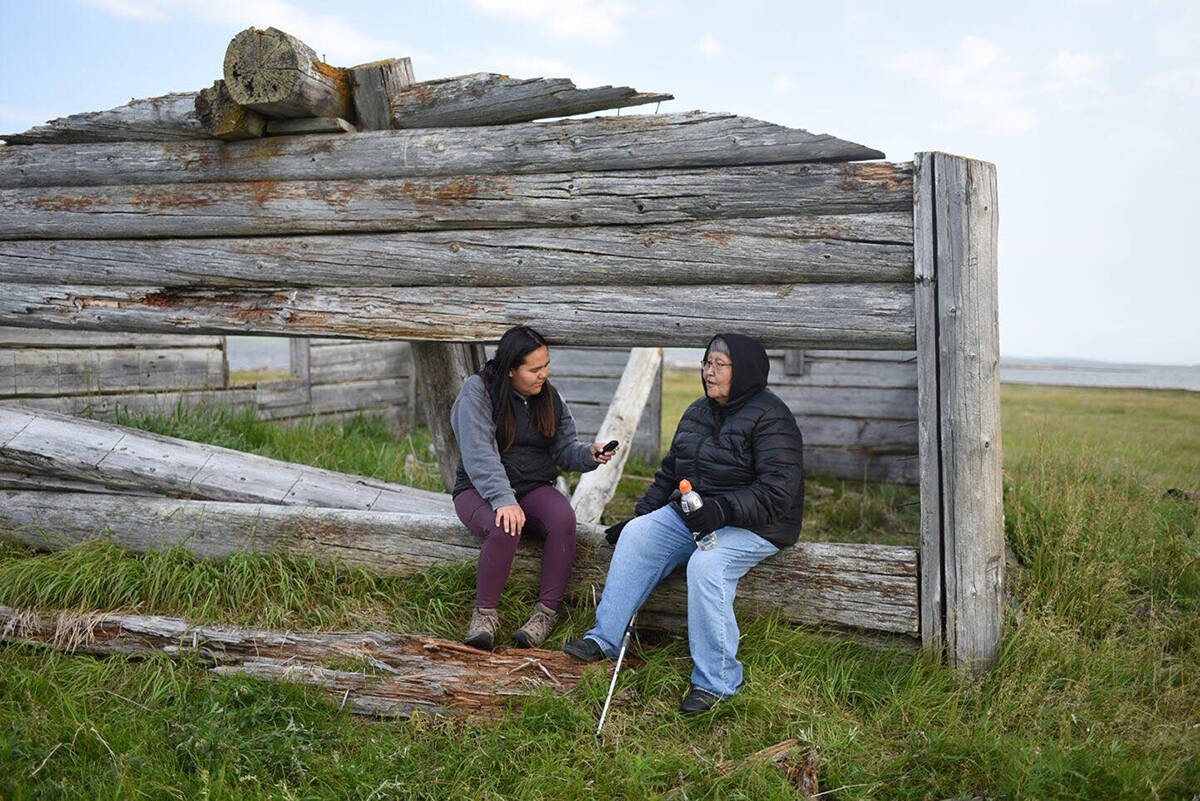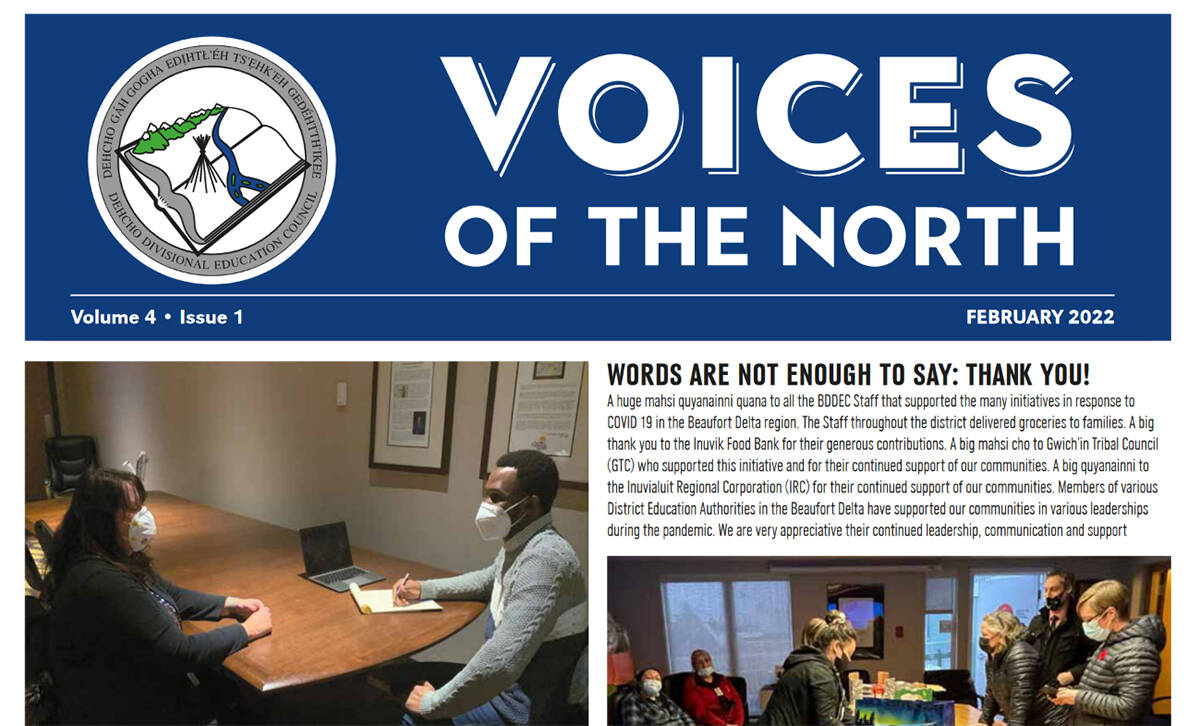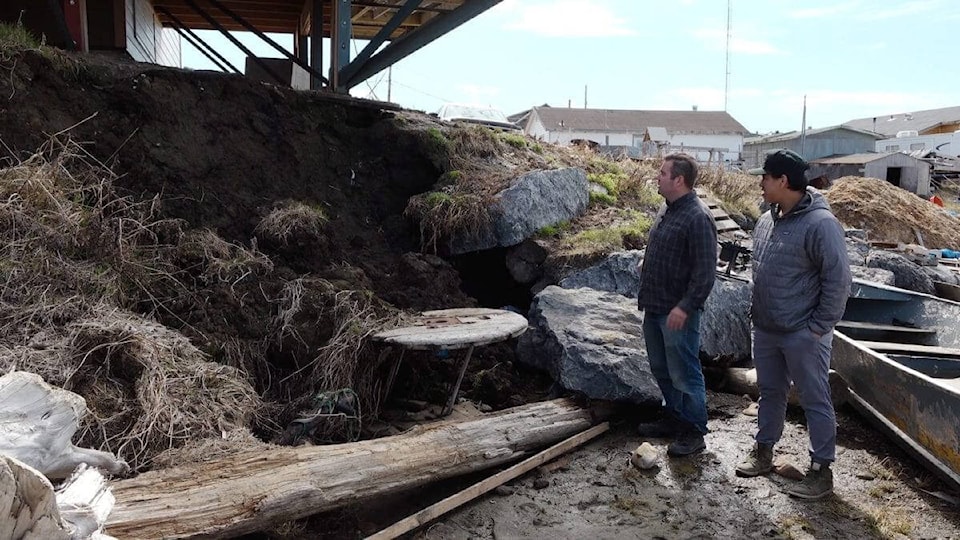
As newsrooms work to become more inclusive, editors and producers may need to be flexible in how reporters go about their jobs.
Gestures such as offering modest gifts after receiving information from a source are taboo for reporters, but that could put some in a conflict with their culture.
“In many Indigenous cultures across the land… often when we speak to folks, when we’re asking people for their time, effort or knowledge, usually there’s a gift of tobacco involved,” said CBC radio reporter Kyle Muzyka. “This directly conflicts with what we consider a norm in journalism.
“Not only do we not accept gifts, we also really aren’t supposed to give them either. The rationale is that it can cause a bias or conflict of interest.”
He added he’s managed to convince his employer to allow him to show Elders his appreciation when needed, but highlighted it as an example of the conflicts Indigenous journalists experience in the trade.
Muzyka, who is Métis, was responding to a new policy paper through the Gordon Foundation, which examines the still-low level of Indigenous journalists working in Canadian media. The paper calls for the addition of a journalism program at Aurora College, which is transforming into a polytechnic university, as one of three pillars.
Authored by Jane Glassco Northern Fellow Garrett Hinchey, the paper also calls for hiring targets among media organizations and better integration of communications and media studies in high school curriculums.
“You sort of have to stumble across someone and then explain to them why it’s something they could be interested in,” Hinchey said. “That first part, that thinking of ‘I would like to try that,’ isn’t something that people come to on their own.

“If you put on CBC Northbeat, most of the people you see on there are the kind of professional graduate school types who come up from down south, so people don’t see themselves represented. So that’s the first barrier I think we need to break down.”
Laws of supply and demand are also a factor.
Former Northern News Services publisher Bruce Valpy said the first major hurdle to get past was improving high school graduation rates.
”The education system is failing Indigenous students, that’s the problem,” said Valpy. “They’re not given a proper grounding, so there are not enough people graduating, and there are not enough people going to university because of the barriers. Especially in the North, you have to make up all the deficits at the same time you’re coming of age, so you have that extra burden.
“Candidates are just too few and far in-between.”
Closing the knowledge gap
Pointing out that Inuvik Drum has employed several Indigenous journalists over the past two decades, including town councillor Dez Loreen and current Iqaluit-based Nunavut News reporter Trevor Wright, Valpy said newsrooms are more than happy to employ journalists from Indigenous communities when they are available.
However, he noted most private-sector news organizations have limited resources to pay staff, and the scarcity of Indigenous reporters usually means those active in the field tend to gravitate to higher-paying positions outside smaller media budgets.
“We get lucky sometimes and it makes the reporting so much better,” Valpy said. “We always have to train people about where Northern knowledge and where Ulukhaktok is and how to spell it, but when they’re Northern reporters, they have 50 per cent of the knowledge that we need right off the bat. If they’re Indigenous and have an understanding of their culture, it’s a huge asset. But it’s also in demand from so many other different directions with deeper pockets. Paying people enough to keep them is a real challenge.”
Valpy echoed the call for a journalism program at Aurora College as a means to bridge the gap, noting the skills learned in journalism prepare an individual for a number of careers.
Hinchey, who also is managing editor of CBC North, said legacy media need to be more proactive when grassroots programs like Tuk TV or Nipaturuq magazine — two Beaufort Delta initiatives that produced internationally shared media— are active to show the students involved they aren’t simply one-off projects.
Another factor Hinchey suggested is weighing community experience over education in hiring practices. However, he noted there needs to be something available in the North to close the knowledge gap.
“When we work with someone who comes in who’s local, maybe they have a bit of technical experience but they don’t have journalism experience, that’s not a one-week (transition) — it’s something that takes a few months,” he said. “That can cause a strain on the newsroom, it’s something that takes time out of other people’s days. Even if everyone understands the importance of doing it, it’s a difficult proposition.
“Government and education have a role to play here in getting people up to speed with basic journalism, writing and being comfortable on-air,” he said.
Voices of the North making noise

Efforts are underway in the NWT public education system to give Northern students more opportunities in media.
Dehcho District Education Council (DDEC) superintendent Philippe Brulot said the district has published a quarterly student newspaper called Voices of the North since 2018 and recently partnered with the Beaufort Delta Education Council to publish work from their students. He said the district prints about 2,000 copies of each edition through Canarctic Graphics.
“Through the years we have had student involvement producing not just community news, but celebrating the land, celebrating the good things happening in our schools,” said Brulot. “There are wonderful things happening in our schools and our communities, so that’s one of the purposes of our newspaper. At the same time, we want to give our children the opportunity to shine. We know they’re capable and intelligent, but sometimes they’re shy and we need to work on their self-esteem and confidence.
“If you can write an article or have your picture in the newspaper, I think it’s a boost for the kids.”
He added DDEC was working with the Department of Education to make the school paper an accredited program, so students could earn high school credits toward their diploma while covering school events.
Young people growing up today are already quite active photographers with their phones, so the school was able to tap into that to promote a positive school spirit. Brulot said he hopes to expand the program to the entire NWT.
BDDEC superintendent Devin Roberts said the Beaufort school board not only assists with the publication of Voices of the North but also independently publishes a newsletter on Indigenizing Education, to which students are welcome to contribute.
"In the December 2021 edition of the Voices of the North publication, Husnieh Ayache, in Grade 11 at Moose Kerr School in Aklavik, wrote an article called My Mother’s Eye; Talina Storr, in Grade 9 at Moose Kerr School, wrote an article called Youth Volleyball Tournament; recently Victoria Gordon, in Grade 10 at Moose Kerr School, contributed to the BDDEC Indigenizing Education Newsletter with a story called Orange Shirt Day," Roberts said.
Beaufort Delta and Dehcho students have until May 14 to submit an article or photography for the next edition of Voices of the North.
Still a lot of catching up to do
Seeing more Indigenous reporters would go a long way to help people envision themselves in the job, noted Muzyka, who added he didn’t see himself as a journalist until he began to see other minorities working in the field.
“When I was first wanting to do this, I was maybe around nine or 10, they didn’t have these broadcasts in Inuktut or Cree or anything,” he said. “There was really nobody at all that I can think of who was Indigenous who was working in sports broadcasting. So I didn’t think it was a possibility for me, because I didn’t see myself reflected either.
“In terms of representation, we really need to get visibly Indigenous people at the forefront, because they are going to signal the most to Indigenous people across the land that they can do anything that they want.”
At age 16, Muzyka’s family home was destroyed in the 2011 wildfire in Slave Lake, Alta. He lost everything, but surviving the natural disaster changed his perspective on life, and finally seeing more visible minorities in sports broadcasting, he decided to go for it.
A decade later, he works with the CBC Radio syndication unit, a job he described as very rewarding and which has helped him reconnect with his community.
“I’ve been able to learn so much about things that I wanted to learn about anyway,” he said. “The great thing is you can be a learner alongside the rest of the people you’re going to help tell that story with. It’s a really good opportunity to help showcase your own and other Indigenous cultures throughout the land. There is a really awesome opportunity to share these stories in a good way.
“There’s still a lot of catching up to do for non-Indigenous journalists on how to tell Indigenous stories, and while we shouldn’t pigeonhole Indigenous people into only telling Indigenous stories, they are very clearly the best at it. “
Canadian news media, he noted, has a history of only covering Indigenous communities when something bad happens, such as a boil-water advisory or a major crime. Having more Indigenous perspectives would help make newsrooms more sensitive to communities and help crush stereotypes.
He added that anyone who wants to be a journalist should pursue it, noting there are myriad stories needing an Indigenous perspective.
“Indigenous knowledge and perspective are immensely valuable in almost every field of journalism,” he said. “Even if you don’t want to cover Indigenous communities, there are Indigenous angles and ways of thinking to every other facet of journalism — video games, sports, politics, pop culture, health, technology. There are so many under-covered issues surrounding the Indigenous perspective on all of these things. There is a lot of opportunities, if people want it.
“There are a lot of different fields where you’re going to feel like you’re running into a wall over and over again, so it’s important to have a good support network. There are lots of Indigenous journalists all over the place who would be more than willing to help folks who might need a hand. We all realize how difficult journalism can be for Indigenous people, so the biggest part is having folks who can support you when you’re struggling because none of its easy.
“But I suppose if it were easy, it wouldn’t be so fun.”
